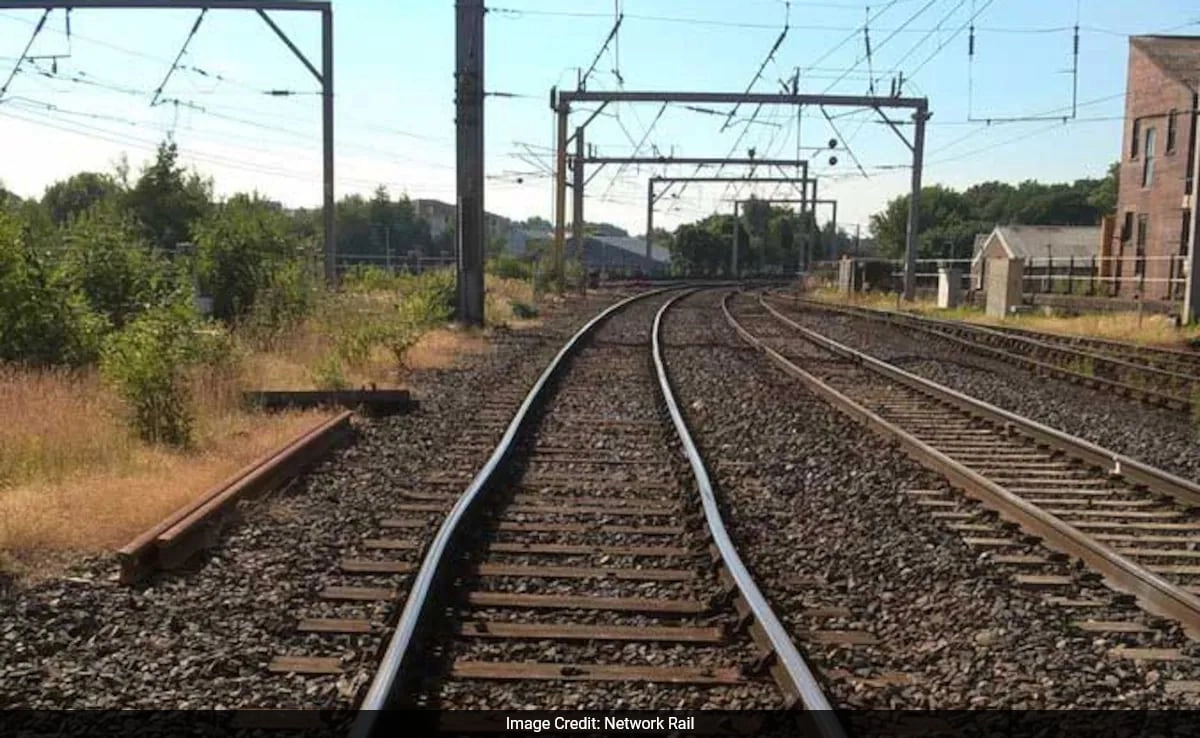Railway tracks in Britain have been experiencing buckling issues, a phenomenon that has raised significant concerns among transport authorities and commuters alike. The primary reason for this alarming trend is the extreme temperatures experienced during the summer months, particularly when heatwaves occur. As temperatures soar, the metal rails expand, leading to a phenomenon known as “track buckling.” This happens when the rail cannot withstand the thermal expansion, causing it to warp and bend. Such distortions can compromise the structural integrity of the railway tracks, making them unsafe for trains to operate on.
In response to these safety concerns, railway services have had to be temporarily suspended in areas where buckling is reported. This decision is not taken lightly, as it disrupts travel plans for thousands of passengers and impacts freight services across the country. The prevention of potential accidents is paramount, and authorities prioritize the safety of both passengers and railway workers. Track inspections become more frequent during heatwaves, with teams deployed to monitor conditions and take immediate action if any signs of buckling are detected.
The issue of track buckling highlights the challenges faced by railway infrastructure in adapting to climate change. As weather patterns become increasingly unpredictable, with hotter summers and colder winters, the resilience of railway tracks is put to the test. Investment in modern materials and technologies is crucial for developing tracks that can better handle extreme temperatures. Additionally, the implementation of advanced monitoring systems could help in detecting potential problems before they escalate, ensuring a safer travel experience for all. Addressing these challenges will be vital for maintaining the reliability and efficiency of Britain’s railway services as they navigate the changing climate.




